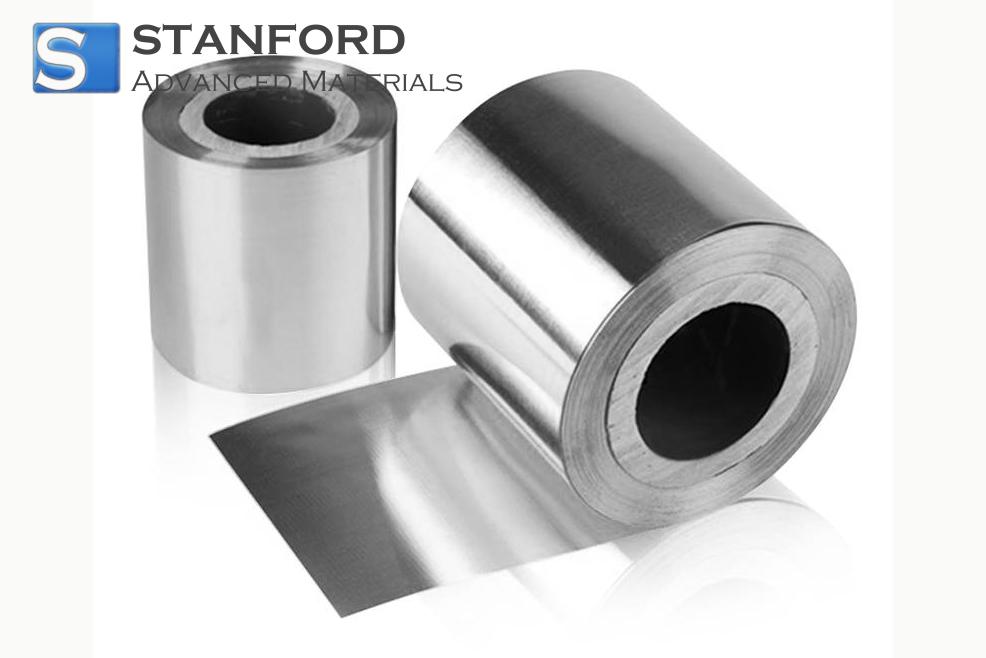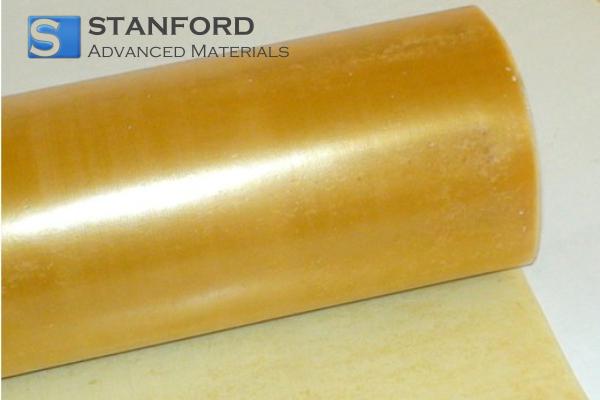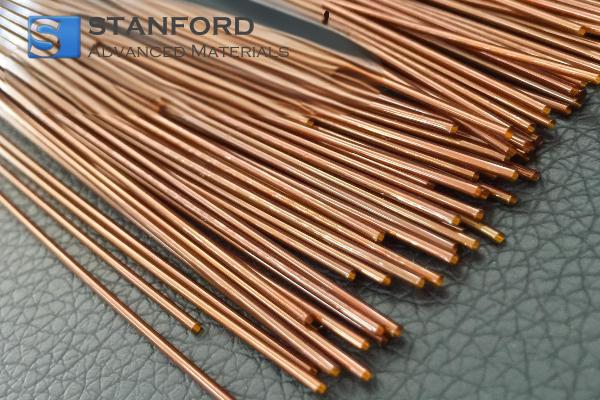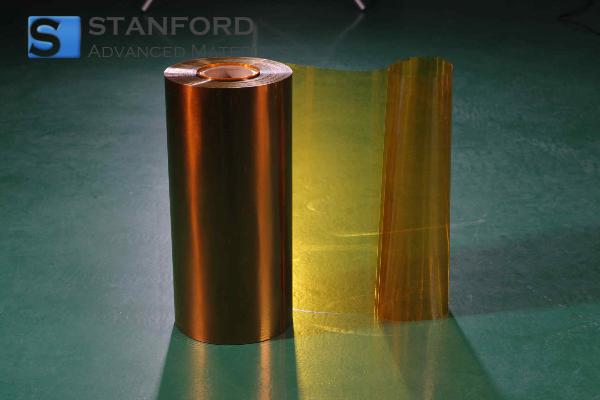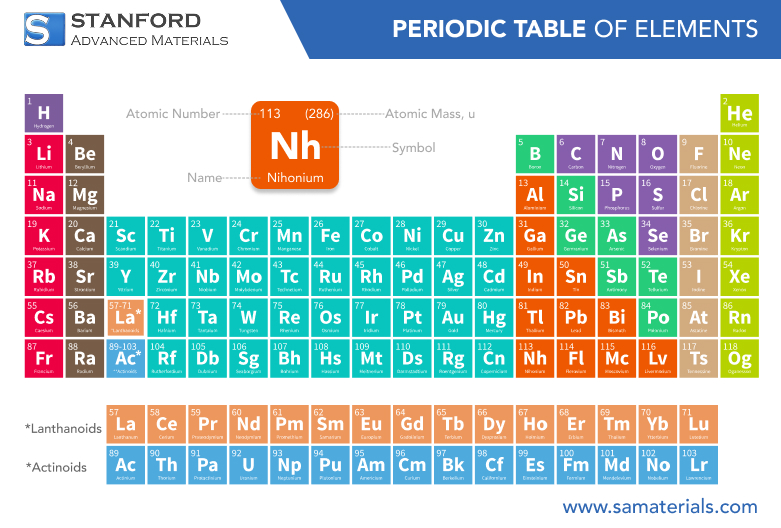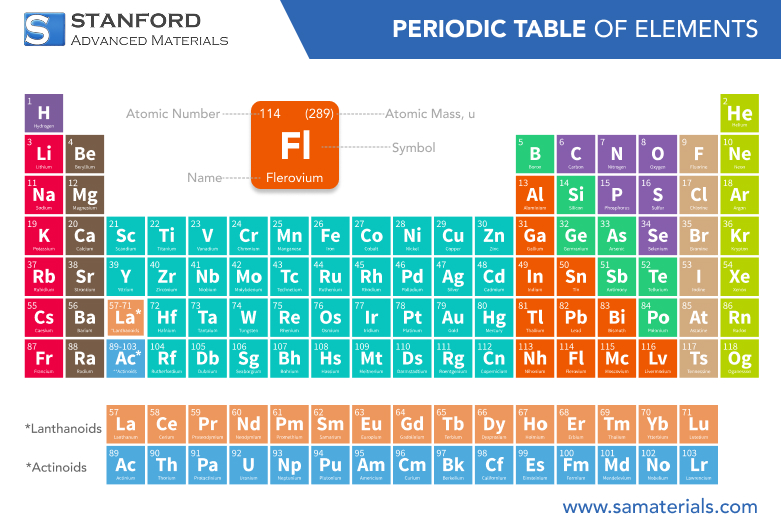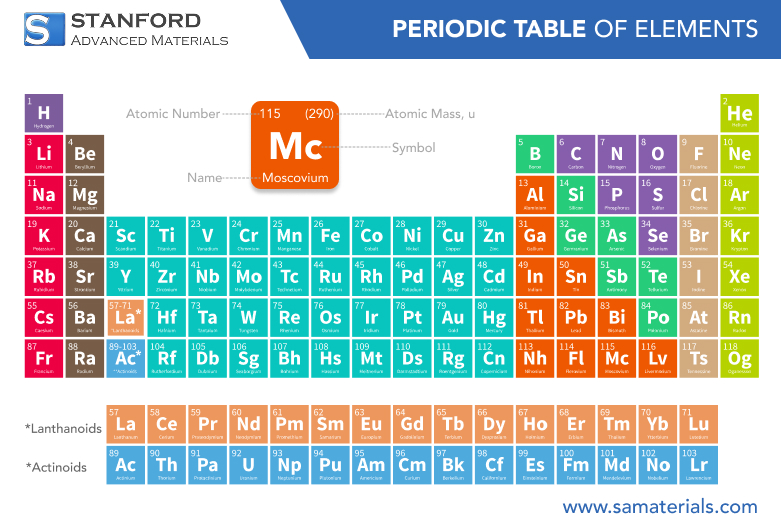Cobalt: Element Properties and Uses
Description
Cobalt is a chemical element with the symbol Co and atomic number 27. It is a transition metal widely used in various industries due to its unique properties.
Introduction to the Element
Cobalt is a chemical element that belongs to the transition metals on the periodic table. It is a hard, silvery-blue metal that is often associated with other metals like nickel and copper. Cobalt is commonly used in the production of alloys and has significant importance in various technological and industrial applications.
Chemical Properties Description
Cobalt is known for its magnetic properties and the ability to form various compounds, especially cobalt salts, which are used in pigments. Some key chemical properties of cobalt include:
- Cobalt typically has an oxidation state of +2 or +3 in its compounds.
- It reacts with oxygen to form cobalt oxide.
- Cobalt compounds, such as cobalt chloride (CoCl2), exhibit color-changing properties, making them useful in various applications.
- Cobalt also forms several complex compounds with various ligands, showing its versatility in coordination chemistry.
Physical Properties Data Table
Property | Value |
1,495°C | |
Boiling Point | 2,927°C |
Density | 8.9 g/cm³ |
Hardness | 5 on Mohs scale |
Magnetic Property | Ferromagnetic |
For more information, please check Stanford Advanced Materials (SAM).
Common Uses
Cobalt is widely used across different industries, particularly in sectors such as electronics, energy, and manufacturing. Some of its primary uses include:
- Battery production: Cobalt is a critical component in lithium-ion batteries used in electric vehicles and portable electronic devices.
- Superalloys: Cobalt is used in high-temperature alloys for jet engines and gas turbines due to its ability to withstand extreme conditions.
- Catalysts: Cobalt compounds are used as catalysts in the production of synthetic fuels and petrochemical processes.
- Magnetic materials: Due to its ferromagnetic properties, cobalt is also used in the production of magnets.
Preparation Methods
Cobalt is typically extracted from its ores, such as cobaltite and erythrite. The primary methods of cobalt extraction include:
- Hydrometallurgical techniques: Cobalt is extracted from ores using acid leaching and then purified through solvent extraction and electrowinning.
- Pyrometallurgical techniques: Cobalt is obtained through smelting, which involves heating the ore in the presence of a reducing agent.
Related Industrial Products
Cobalt plays a critical role in the production of various industrial products. Some key products related to cobalt include:
- Cobalt-chromium alloys: These are used in the aerospace and medical industries for their strength and corrosion resistance.
- Cobalt-based pigments: Cobalt compounds are used to produce vibrant blue and green colors in ceramics, glass, and paints.
- Cobalt salts: Used in the manufacturing of fertilizers, and as catalysts in various chemical processes.
Frequently Asked Questions
What are the main sources of cobalt?
Cobalt is primarily sourced from cobalt-bearing minerals, such as cobaltite, erythrite, and skutterudite, as well as from by-products of copper and nickel mining.
Is cobalt toxic?
While cobalt is essential in trace amounts for human health, excessive exposure can lead to toxic effects, particularly in the form of respiratory issues or skin irritation.
What are the environmental impacts of cobalt mining?
Cobalt mining can have significant environmental impacts, including habitat destruction and pollution. Efforts are being made to improve the sustainability of cobalt extraction methods.
Can cobalt be recycled?
Yes, cobalt can be recycled, particularly from used batteries, which helps reduce the need for new mining operations and supports sustainability in industries that rely on cobalt.
What industries benefit from cobalt?
Cobalt is used in various industries, including electronics, automotive (especially for electric vehicle batteries), aerospace, and manufacturing.

